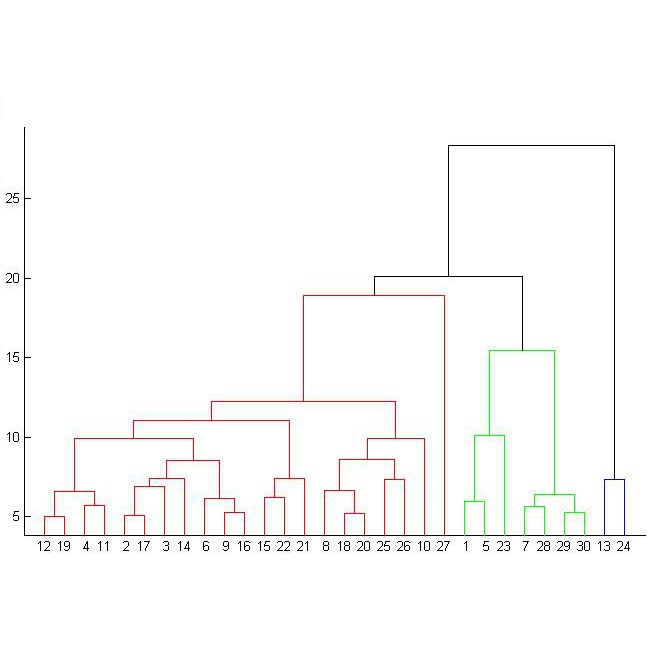Despite much attention, the comparison of reduced-dimension representations of high-dimensional data remains a challenging problem in multiple fields, especially when representations remain high-dimensional compared to sample size. We offer a framework for evaluating the topological similarity of high-dimensional representations of very high-dimensional data, a regime where topological structure is more likely captured in the distribution of topological "noise" than a few prominent generators. Treating each representational map as a metric embedding, we compute the Vietoris-Rips persistence of its image. We then use the topological bootstrap to analyze the re-sampling stability of each representation, assigning a "prevalence score" for each nontrivial basis element of its persistence module. Finally, we compare the persistent homology of representations using a prevalence-weighted variant of the Wasserstein distance. Notably, our method is able to compare representations derived from different samples of the same distribution and, in particular, is not restricted to comparisons of graphs on the same vertex set. In addition, representations need not lie in the same metric space. We apply this analysis to a cross-sectional sample of representations of functional neuroimaging data in a large cohort and hierarchically cluster under the prevalence-weighted Wasserstein. We find that the ambient dimension of a representation is a stronger predictor of the number and stability of topological features than its decomposition rank. Our findings suggest that important topological information lies in repeatable, low-persistence homology generators, whose distributions capture important and interpretable differences between high-dimensional data representations.
翻译:暂无翻译


